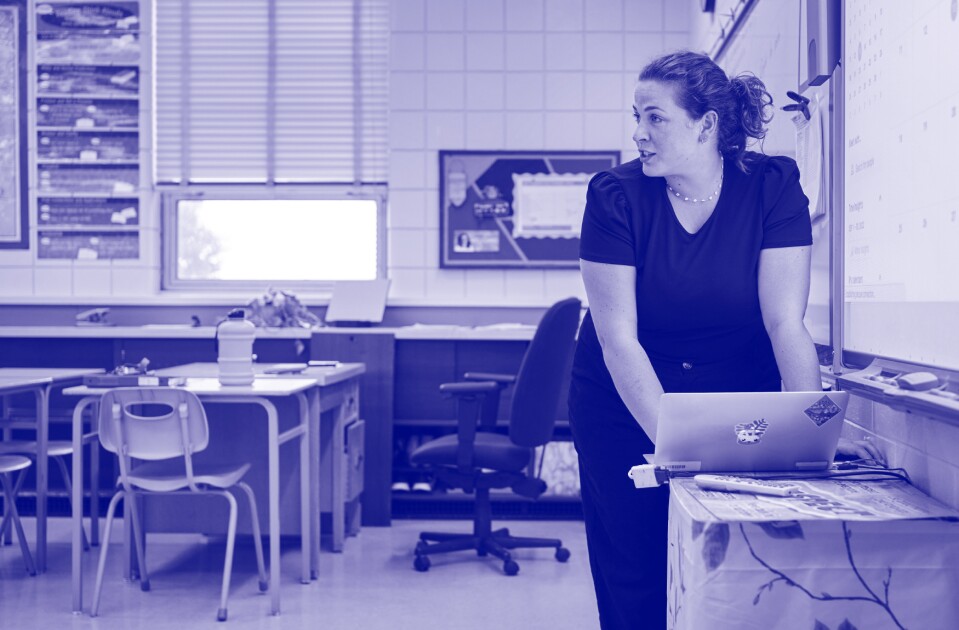
Should technology be in schools? This question sparks passionate debates across the educational landscape. The rapid evolution of technology demands a reevaluation of traditional methods, prompting the need for a careful, strategic approach to integrating technology into classrooms. This article explores the potential benefits and challenges of technology integration, presenting solutions for successful implementation and equitable access. We’ll analyze the impact of technology on student engagement, learning outcomes, and future preparedness. Furthermore, we’ll consider the logistical and financial implications, examining the role of teacher training and supportive infrastructure. We will delve into various perspectives, providing a comprehensive analysis of the multifaceted question surrounding technology in schools.
The Transformative Potential of Technology in Education
Modernizing Teaching Methods
Technology offers unparalleled opportunities to modernize teaching methods. Interactive simulations, virtual field trips, and online resources can bring learning to life in ways previously unimaginable. These tools enable students to explore complex concepts, collaborate with peers, and engage in active learning experiences that transcend the limitations of traditional textbooks. By incorporating technology, educators can cultivate a deeper understanding of subject matter among students while addressing diverse learning styles.
Addressing the Digital Divide
Ensuring Equitable Access
One of the most critical aspects of integrating technology into schools is ensuring equitable access for all students. Digital divide issues, such as limited internet access at home, need to be addressed through initiatives that provide devices and reliable connectivity to students from low-income families. Partnerships with community organizations, government grants, and subsidized programs are essential for bridging the gap and creating a level playing field for all learners. In addition, schools need to provide adequate support for students to use digital resources effectively, ensuring equitable access to the benefits of technology.
Teacher Training and Professional Development
Equipping Educators for the Digital Age
The successful integration of technology in schools relies heavily on the preparation of educators. Comprehensive training programs designed to equip teachers with the necessary digital skills are critical. This training should encompass not only practical instruction on using various educational platforms, but also pedagogical strategies to effectively incorporate technology into their teaching methodologies. Providing teachers with opportunities to share best practices and collaborate with their peers can foster a supportive environment for the effective implementation of digital tools.
Assessing and Evaluating Technology Integration
Measuring the Impact on Student Learning
It’s essential to establish clear metrics for evaluating the effectiveness of technology integration initiatives. These assessments should track student engagement, learning outcomes, and overall academic progress. Implementing robust data collection systems allows for continuous improvement and adjustments to educational strategies. Data-driven analysis informs necessary changes to maximize the positive impact of technology on learning and allows for evidence-based decision-making.
Case Studies and Examples of Successful Technology Integration
Exploring Best Practices
Several schools have successfully integrated technology into their curriculum, achieving remarkable results in student engagement and learning outcomes. Case studies of these schools can provide valuable insights for other institutions. Examine successful pilot programs, highlighting effective strategies for technology integration, and explore the specific tools and resources utilized. Such practical examples demonstrate the tangible benefits that can be realized when technology is carefully integrated into the educational process.
Balancing Technology and Traditional Methods
The Value of a Blended Approach
The optimal approach to technology integration may lie in a blended learning model. This approach leverages the strengths of both traditional teaching methods and cutting-edge digital tools. By carefully considering which methodologies best address specific learning objectives, educators can create a more enriching and effective learning experience for students. Such a strategy balances the structured aspects of traditional learning with the interactive nature of technology.
The Role of Parental and Community Involvement
Fostering a Collaborative Learning Environment
Successfully integrating technology into schools requires strong community support. Educating parents about the benefits of technology integration and fostering a collaborative relationship between school, home, and community is crucial for positive outcomes. Involving parents in the process enhances the effectiveness of technology integration efforts.
Ongoing Research and Evaluation
Optimizing Educational Strategies
It’s important to continuously analyze and evaluate the effectiveness of technology integration strategies. Researching and comparing best practices, implementing consistent assessments, and seeking feedback from students and teachers helps refine strategies for more effective integration.
Addressing Concerns Regarding Technology
Navigating Challenges Through Preparation
Concerns about technology’s potential impact on student well-being or the development of essential social skills should be addressed proactively. A well-structured approach and a thorough understanding of the appropriate use of technology can minimize potential risks and ensure a balanced approach to integrating technology into the educational environment.
Frequently Asked Questions
Should Technology Be Included in Schools?
“Absolutely. Integrating technology effectively can significantly enhance learning outcomes. When implemented thoughtfully, technology enriches learning environments, offering personalized learning experiences, stimulating student engagement, and promoting creativity. By embracing technology, schools can equip students with essential 21st-century skills for success in a digitally driven world.
How Can Schools Address the Digital Divide?
“Schools should collaborate with community organizations and government agencies to provide equitable access to technology and internet connectivity for all students. Implementing initiatives like subsidized devices, public Wi-Fi hotspots in underserved areas, and partnerships with local libraries are effective strategies for overcoming the digital divide. These proactive steps create a more inclusive educational experience for all students, fostering a sense of equity and ensuring that no student is left behind due to unequal access to technology.”
In conclusion, integrating technology effectively in schools offers immense potential to enhance learning and prepare students for the future. However, careful consideration of implementation, teacher training, and equitable access is crucial. A blended approach, combining the best of traditional methods and technological advancements, appears to be the optimal path forward. To explore this further, consider visiting our website for more resources and insights on how technology can revolutionize education in your community. Let’s empower the next generation with the digital skills needed for success.